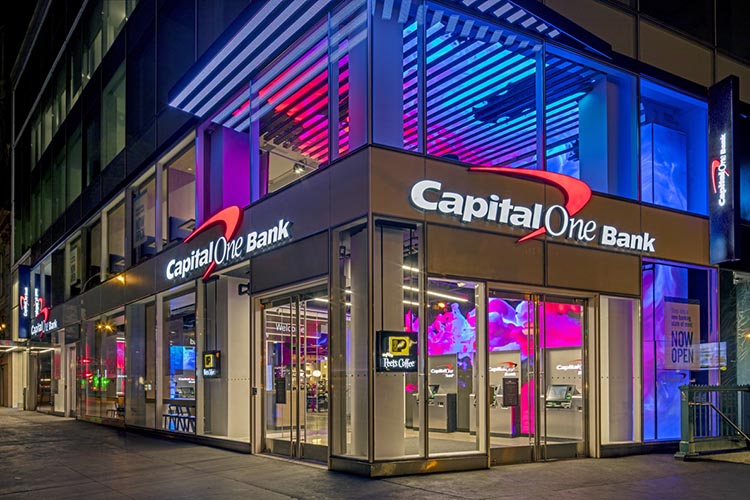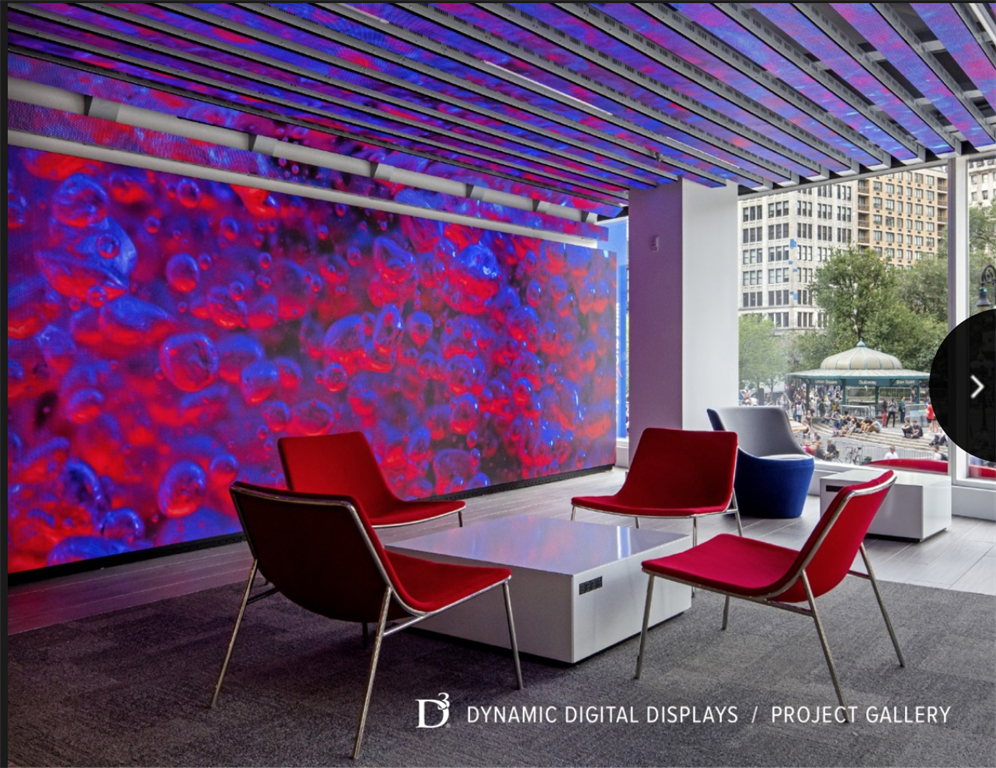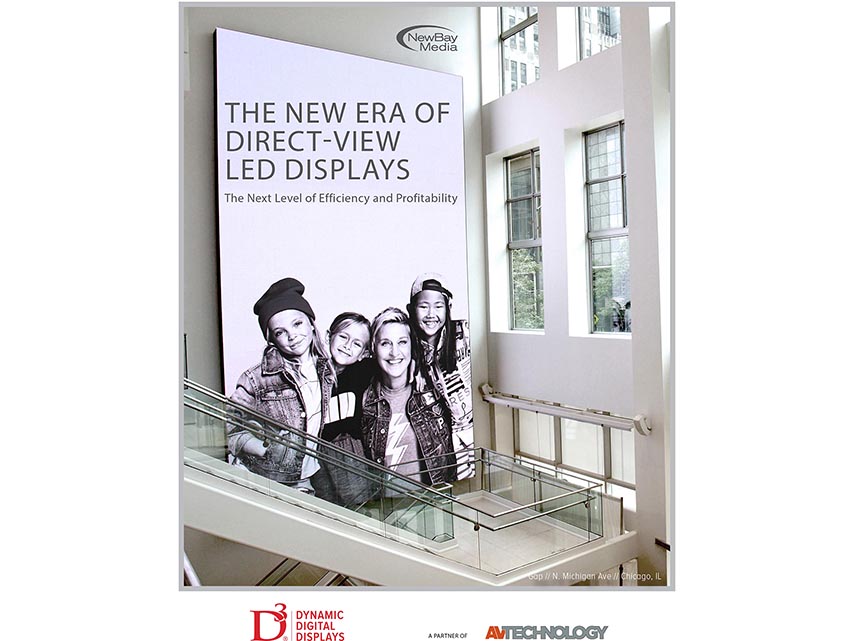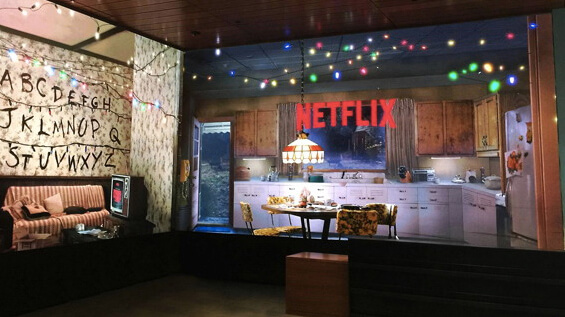For AV integrators, providing solutions for supersized floor-to-ceiling LED video walls is a huge and growing opportunity. But operating these walls requires the thoughtful integration of complex hardware and software—and the right LED technology/services partner, not just a vendor.

At a standout Capital One installation in Manhattan, a 2.6mm pixel pitch LED canvas wraps around the ATMs inside. In the mezzanine, a 2.6mm display transitions to a 4mm linear ceiling leading to a 16mm exterior digital sunshade. The Gilmore Group needed the right system in place to synchronize and deliver content to all the pixels across diverse screens.
Creating the magic of a beautiful LED wall or a huge architectural LED canvas is a detail-oriented process that involves integrating the best technologies. However, the investment must also make business sense. Smart integrators are not leaving this market to others in the architecture, advertising or media industry. Rather, they’re embracing the opportunity to provide their clients turnkey and/or custom solutions that take the intimidation factor out of the equation entirely. Smart integrators and end users are putting LED providers to the test, asking key questions as they select the provider that combines the best technology options with the best business models for their projects.
“To accomplish that, they are putting LED providers to the test and asking key questions.”
- The market is not standing still. Even in the search for LED solutions partners, top AV integrators are increasingly establishing best practices based on their own experience. Case in point:
The Gilmore Group: the Opportunities and Challenges of Going Big
“The activation of wall-wide multi-story digital canvases is both a new business model and a new technology platform,” said Louis Lombardi, Managing Partner at the Gilmore Group, the New York-based interdisciplinary design, branding and marketing company. Working with architects, engineers, producers, industrial designers and AV integrators, the Gilmore Group creates unique environments—including many with advanced LED walls.
“We now are seeing more turnkey LED display and lighting solutions that enhance destination digital media experiences. While the technology is increasingly affordable, a lot of the implementation strategy has lagged behind, but that’s changing. Much like CAD and 3D modeling tools transformed design, a similar level of sophistication is coming to LED wall design and installation. The industry’s innovators are going well beyond “hanging rectangles” and instead creating immersive experiences for their customers.
The Gilmore Group is a thought leader with some of the most advanced spatial design in the U.S. They were pioneers in the use of finer pixel pitch LED video walls long before the current boom. They were behind the now iconic design for the Walgreens building at One Times Square in New York City. Today, they are continuing to the push the boundaries, and they are enabled to do so by aligning with an LED provider with an elegant, turnkey solution.
Key criteria for choosing an LED provider:
• Produces its own LED modules at all pixel pitches with LED controller architecture based on gigabit Ethernet for top performance with high-resolution content.
• Offers turnkey options as needed to avoid using components from many different vendors.
• Doesn't leave you on your own to "get content to the pixels" in complex designs, but instead offers the industry gold standard in integrated media solutions.
“We do special things for our clients, not just ‘video walls,’” said Louis Lombardi at the Gilmore Group. “Successful execution is about aligning with an LED provider that has the same kind of owner-operated structure as we do.”
The Gilmore Group just did a beautiful installation for Capital One’s flagship retail location in the heart of Manhattan. The LED canvas in the welcoming lobby begins behind the ATMs, goes through to the mezzanine, on to the ceiling, and then through the exterior on the second floor to the sunshade outside. It’s an ambient design that called for custom modules that wouldn’t bust the budget. Because it’s both an exterior and interior installation, there were both aesthetic and technical challenges in aligning the modules in the different configurations.
The Gilmore Group is but one of a growing base of AV integrators that are revealing best practices based on their real-world experiences at the highest levels of large-screen LED installation. To find out more:

Project Gallery
For an online project book of large-screen, direct-view LED installations, click here.

White Paper
Read a white paper the delves deep into the challenge of getting content to a variety of screens at different pitches, sizes, shapes, and resolutions. Click here.
